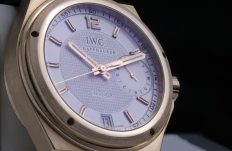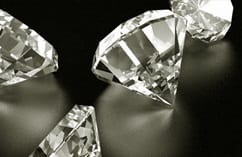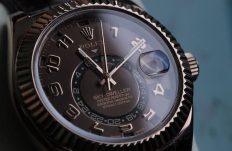If you’re thinking about selling your old jewelry, then you need to make sure that you take the right approach. If you don’t then you could end up making the same common mistakes that other jewelry sellers make all of the time; this could cause you to get less than you really should.
Here’s what to avoid:
Not looking into potential collector’s value
Collectors’ desires for a rare or unique piece of jewelry can cause a piece’s value to spike. When jewelry sellers overlook this, then they could be giving up thousands of dollars when they sell the piece as a non-collector’s item. As such, it is imperative that you always take a look at what the collectors are saying about the piece of jewelry that you have. Collector’s value can be created from anything, ranging from a unique imperfection caused by the manufacturing process, to the jewelry having been crafted in a specific time and place.
Assuming that weight is a universal determinant of value
If you have a non-collector’s piece of jewellery, then you may make the assumption that the sole determinant of the actual value. This, however, is a huge mistake. While weight is a factor, you are dealing with jewelry, not bars of gold, so weight is only one of many things to keep in mind when assessing your jewellery’s value. In addition to weight, you should also be considering the following factors:
Carats
The number of carats will cause the value of a piece of jewelry to increase exponentially. For precious metals, the higher the number of carats the fewer contaminants/alloy metals your jewelry has; purer metals have much more value. For gemstones, more carats means a bigger stone. Larger individual gemstones are worth more than multiples of equal total size. For example, a piece of jewelry with a 1.5 carat diamond will be worth more than a similar piece with three 0.5 carat diamonds.
Condition
Tarnished, scratched, dented or bent jewelry will have a lower value. In some cases, it may be wise to have your jewelry be repaired by a professional before you try to sell it.
Quality of craftsmanship
Gemstones and precious metals require a great deal of skill to cut, carve and/or mold. The amount of skill that each gold smith, diamond cutter, etc. has will vary dramatically; this variance is reflected in the quality — and ultimately the total value of your jewelry.
Brand
Just like electronics, home goods and artwork, the name brand of the jeweler can have a significant impact on the value of the jewellery. If, for example, you can prove that a piece of jewelry was created by luxury Japanese jeweler Mikimoto, then that piece will be worth much more than an identical piece with no ostensible brand identity.
Waiting to get paid for the jewelry
This is an all too common mistake that jewelry sellers make. Some buyers will ask you to wait for payment, but your jewelry has value right now, so why should you wait to receive payment for it after you have already given it up or agreed to sell it? Always make sure that you get an immediate cash payment for your jewelry.
Now that you know what jewelry seller mistakes to avoid, you can get the most out of yours
By avoiding the common mistakes that other jewelry sellers make, you can get maximum payment for your old jewelry faster than ever. To learn more about the jewellery selling process and how to get it right, contact the experts at Pinto Cash For Gold and Jewellery Buyers. Visit us at our Midtown Toronto location, near the intersection of Yonge, or contact us online today.








